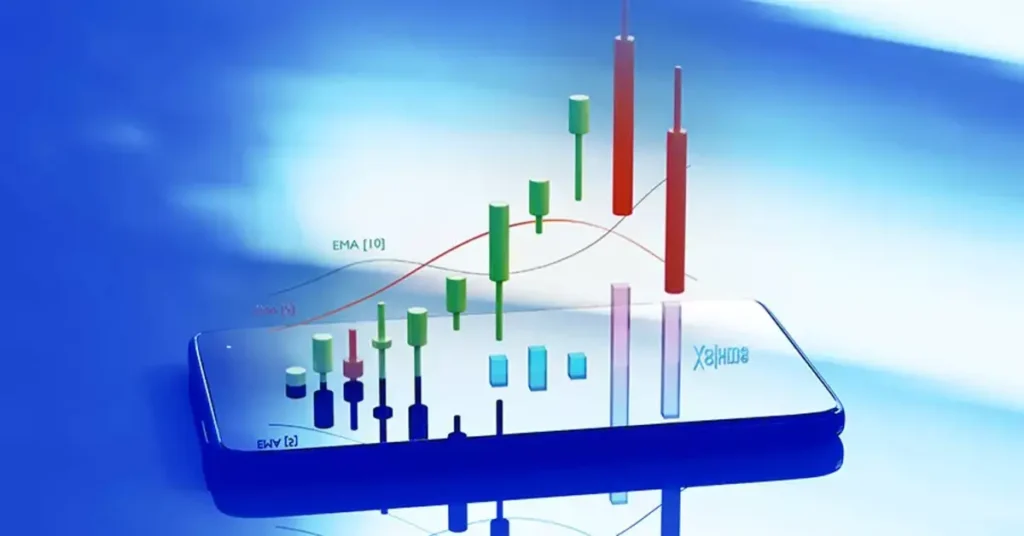Technical analysis is a popular method used by traders to analyze financial markets and predict future price movements. One of the key components of technical analysis is chart patterns, which are visual representations of historical price movements that can help traders identify potential trading opportunities. Understanding chart patterns is essential for any trader looking to use technical analysis to make informed trading decisions.
Analyzing specific chart patterns requires a thorough understanding of technical analysis and the financial markets. Traders must be able to interpret price movements and identify patterns that indicate potential trading opportunities. Technical analysis can be a powerful tool for traders, but it requires a significant amount of skill and experience to be used effectively. With the right knowledge and strategy, however, traders can use chart patterns to improve their trading results and increase their chances of success.
Key Takeaways
- Technical analysis is a popular method used by traders to analyze financial markets and predict future price movements.
- Chart patterns can be broadly categorized into two types: continuation patterns and reversal patterns.
- Analyzing specific chart patterns requires a thorough understanding of technical analysis and the financial markets.
Understanding Chart Patterns
Technical Analysis Chart Patterns are visual representations of price movements that help traders and investors identify potential trading opportunities. Understanding these patterns can be a valuable tool in developing a profitable trading strategy.
Types of Chart Patterns
There are two main types of chart patterns: continuation patterns and reversal patterns. Continuation patterns suggest that the current trend will continue, while reversal patterns indicate that the trend is likely to reverse.
Some common continuation patterns include triangles, wedges, flags, and pennants. These patterns occur when the price is consolidating before continuing in the same direction as the trend. Reversal patterns, on the other hand, include head and shoulders, double tops, and double bottoms. These patterns occur when the price is changing direction and a new trend is forming.
Importance of Volume in Chart Patterns
Volume is an important factor to consider when analyzing chart patterns. High volume can confirm the validity of a pattern, while low volume can indicate that the pattern may not be reliable.
Chart Patterns and Market Sentiment
Chart patterns can also be used to gauge market sentiment. For example, a bullish chart pattern suggests that investors are optimistic about the future price of an asset, while a bearish chart pattern indicates that investors are pessimistic.

Traders can use this information to make informed decisions about when to enter or exit a trade. By combining chart patterns with other technical indicators and fundamental analysis, traders can develop a comprehensive trading strategy that takes into account a range of factors.
Overall, understanding technical analysis chart patterns is an essential skill for any trader or investor. By learning to recognize these patterns and their characteristics, traders can make more informed decisions and increase their chances of success in the markets.
Analyzing Specific Patterns
Technical analysis chart patterns are an essential tool for traders and investors to identify potential trading opportunities. Analyzing specific patterns can help traders to determine the market trend, entry or exit points, and target or exit points. In this section, we will discuss the three main types of chart patterns: reversal patterns, continuation patterns, and bilateral patterns and trading ranges.
Reversal Patterns
Reversal patterns are chart patterns that indicate a trend reversal. These patterns occur at the end of an uptrend or downtrend and signal a change in trend direction. Some common reversal patterns include head-and-shoulders, double tops, and double bottoms.
When analyzing reversal patterns, traders should pay attention to trading volume and support and resistance levels. High trading volume can confirm the pattern, while support and resistance levels can indicate potential entry or exit points.
Continuation Patterns
Continuation patterns are chart patterns that indicate the continuation of the current trend. These patterns occur during a trend and signal that the trend will continue after a brief pause. Some common continuation patterns include triangles, flags, and pennants.
When analyzing continuation patterns, traders should pay attention to the trend direction and trading volume. Continuation patterns can provide entry or exit points for traders who want to take advantage of the trend.
Bilateral Patterns and Trading Ranges
Bilateral patterns (neutral) and trading ranges are chart patterns that occur when the market is in a sideways trend. These patterns indicate that the market is in a consolidation phase and that there is no clear trend direction. Some common bilateral patterns include rectangles, triangles, and wedges.
When analyzing bilateral patterns and trading ranges, traders should pay attention to support and resistance levels and trading volume. These patterns can provide entry or exit points for traders who want to take advantage of the sideways market.

In conclusion, analyzing specific chart patterns can help traders to identify potential trading opportunities. By using a chart patterns cheat sheet, traders can quickly identify rising and falling trends, future direction, and potential entry or exit points. However, traders should keep in mind that chart patterns are not always reliable and that other factors, such as the efficient markets hypothesis and market structure, can also affect the market. Therefore, we suggest traders should use a demo account and test their strategies before trading with real money.









